Saturated Long-Chain Fatty Acids: How To Use Them For Your Benefit
Long-chain saturated fatty acids (LCFAs) are frequently called free fatty acids or nonesterified fatty acids. They are straight-chain fatty acids containing 17 - 21 carbon atoms.
Long-chain saturated fatty acids belong to the family of saturated fatty acids.
Tip! If you are looking for a specific long-chain saturated fatty acid, I recommend you use the expanded toc to find it.
Table of Contents
Importance Of Long-Chain Fatty Acids
Long-chain fatty acids work as an energy source in tissues.
Long-chain fatty acids from seafood can reduce insulin resistance in animals ◳, but studies in humans are inconsistent.
Some long-chain fatty acids are beneficial to your health. But others can be bad for you in large amounts.
Sources Of Long-Chain Fatty Acids
Long-chain saturated fatty acids are mostly found in dairy fat, coconut oil, palm kernel oil, peanut oil, and other vegetable oils.
Our Articles On Long-Chain Fatty Acids
Below you will find long-chain saturated fatty acids. You can find out what they are and what they might be able to do for you.
Tridecanoic acid (13:0) is potentially toxic
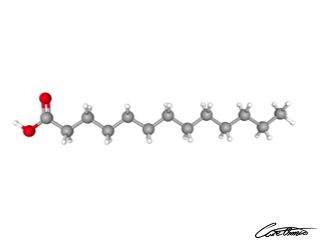
Tridecanoic acid is a potentially toxic compound.
You find it in small amounts in dairy products.
You can find more information in What Is Tridecanoic Acid (13:0) & What Foods Can I Find It In?.
Or you can check out the side-effects from tridecanoic acid in Tridecanoic Acid (13:0): 4 Research-Backed Side-Effects
Myristic acid (14:0) can accumulate fat
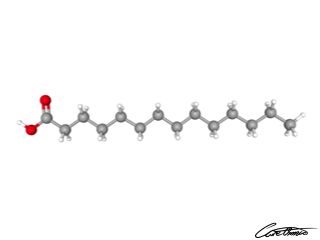
Myristic acid is found abundant in nutmeg butter and is known to help accumulate fat in the body.
See more about myristic acid and the research behind it in What Is Myristic Acid (14:0) & What Foods Can I Find It In?
There is one benefit that can come from consuming myristic acid. See what it is in Myristic Acid (14:0): One Research-Backed Benefit .
Pentadecanoic acid (15:0) is diabetes friendly
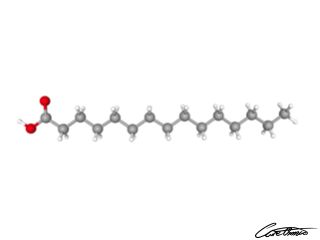
You can find pentadecanoic acid in meat and dairy. Read more in What Is Pentadecanoic Acid (15:0) & What Foods Can I Find It In?
It does not affect insulin levels and has therefore been associated with improved insulin sensitivity.
You can find more information about this and more benefits in Pentadecanoic Acid (15:0): 9 Research-Backed Benefits
Palmitic acid (16:0) isn't heart healthy
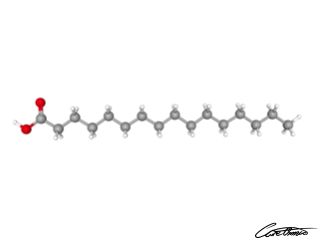
Palmitic acid is commonly used as a food additive in processed foods. More information will you find in What Is Palmitic Acid (16:0) & What Foods Can I Find It In?
But consumption of palmitic acid might increase the risk of developing cardiovascular diseases.
Look at its side-effect and its benefit in Palmitic Acid (16:0): One Research-Backed Benefit & One Side-Effect
Heptadecanoic acid (17:0) gives increased risk for developing diseases
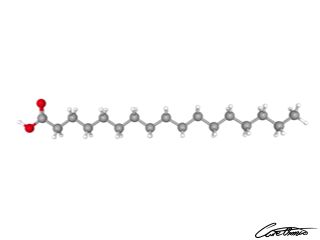
You can find information about heptadecanoic acid in What Is Heptadecanoic Acid (17:0) & What Foods Can I Find It In?
Heptadecanoic acid is believed to increase the risk of developing type 2 diabetes and cardiovascular diseases. You can check out these side-effects in Heptadecanoic Acid (17:0): 2 Research-Backed Side-Effects
Stearic acid (18:0) is good for cholesterol
You can read about stearic acid in What Is Stearic Acid (18:0) & What Foods Can I Find It In?
Stearic acid does not raise cholesterol concentration. It might lower LDL cholesterol. Look at the benefit in Stearic Acid (18:0): One Research-Backed Benefit
Heneicosanoic acid (21:0) is potentially toxic
Heneicosanoic acid is a potentially toxic compound in large quantities. Find more information in What Is Heneicosanoic Acid (21:0) & What Foods Can I Find It In?
Or look at the side-effect in Heneicosanoic Acid (21:0): One Research-Backed Side-Effect
